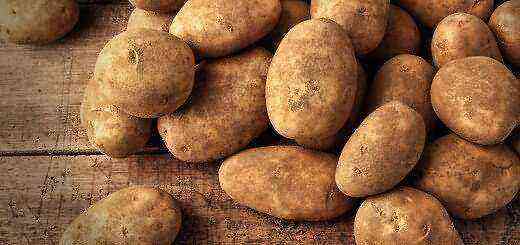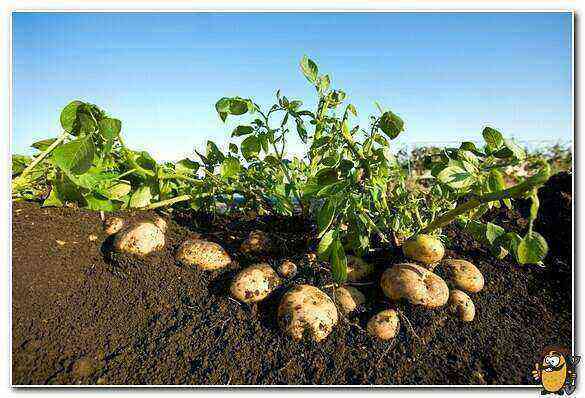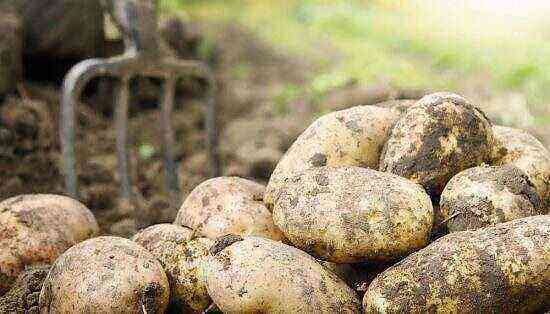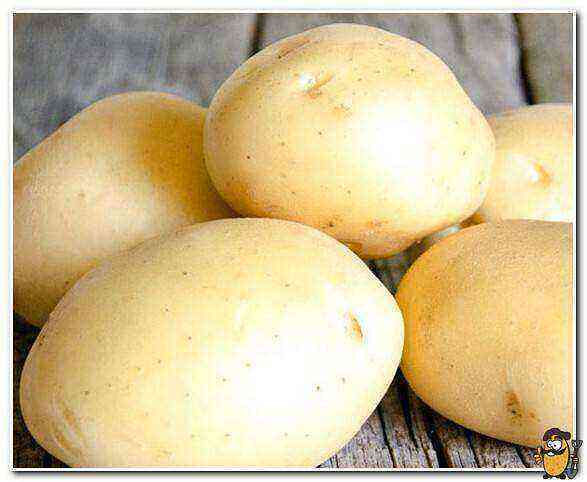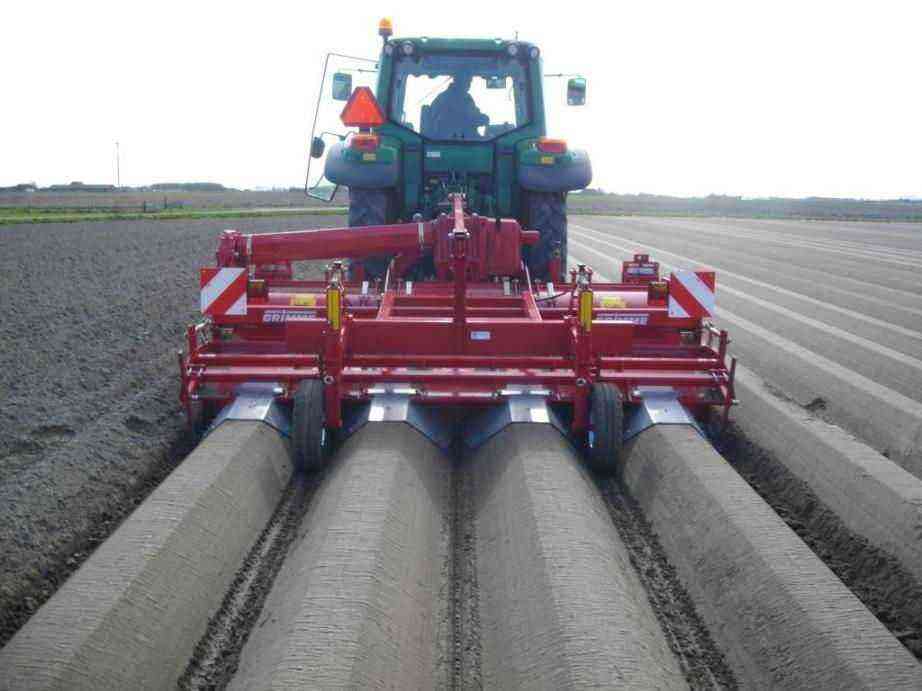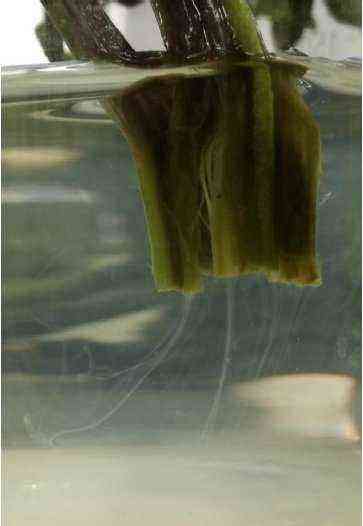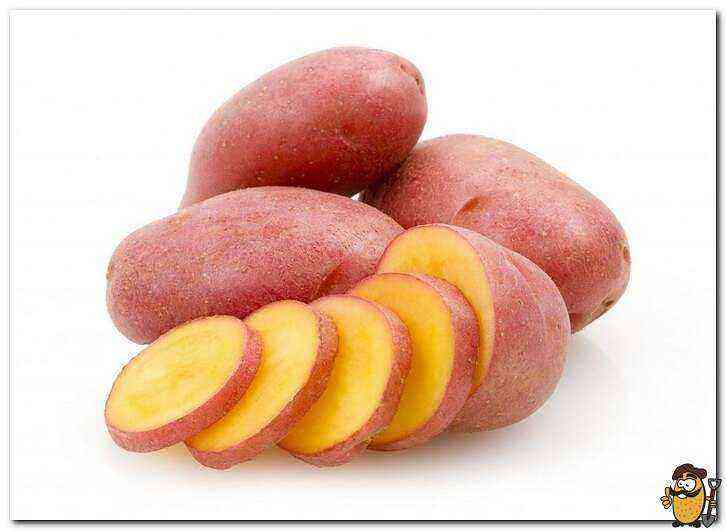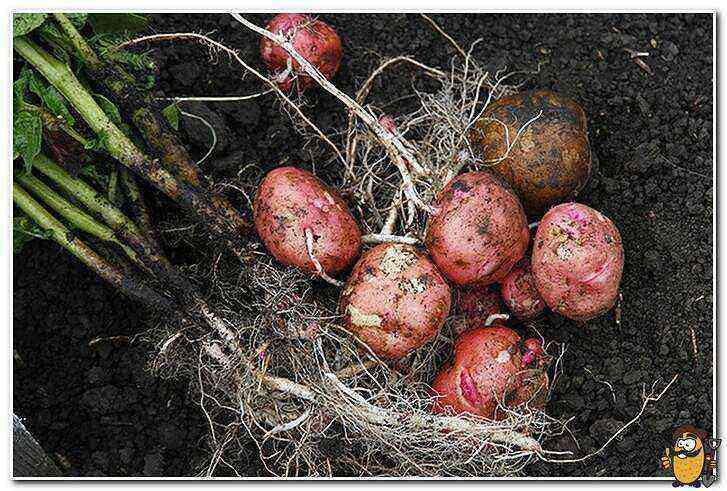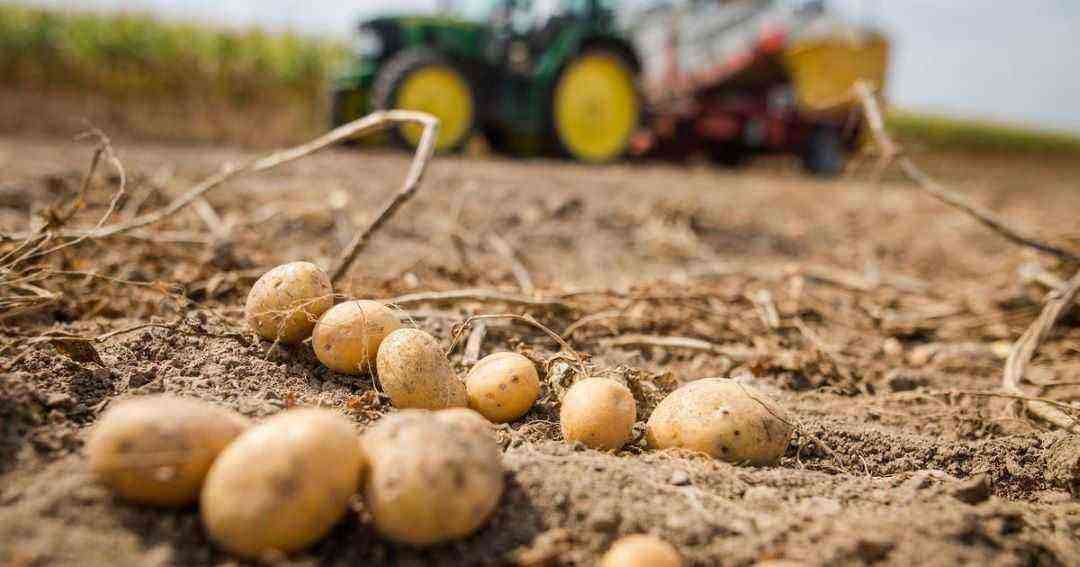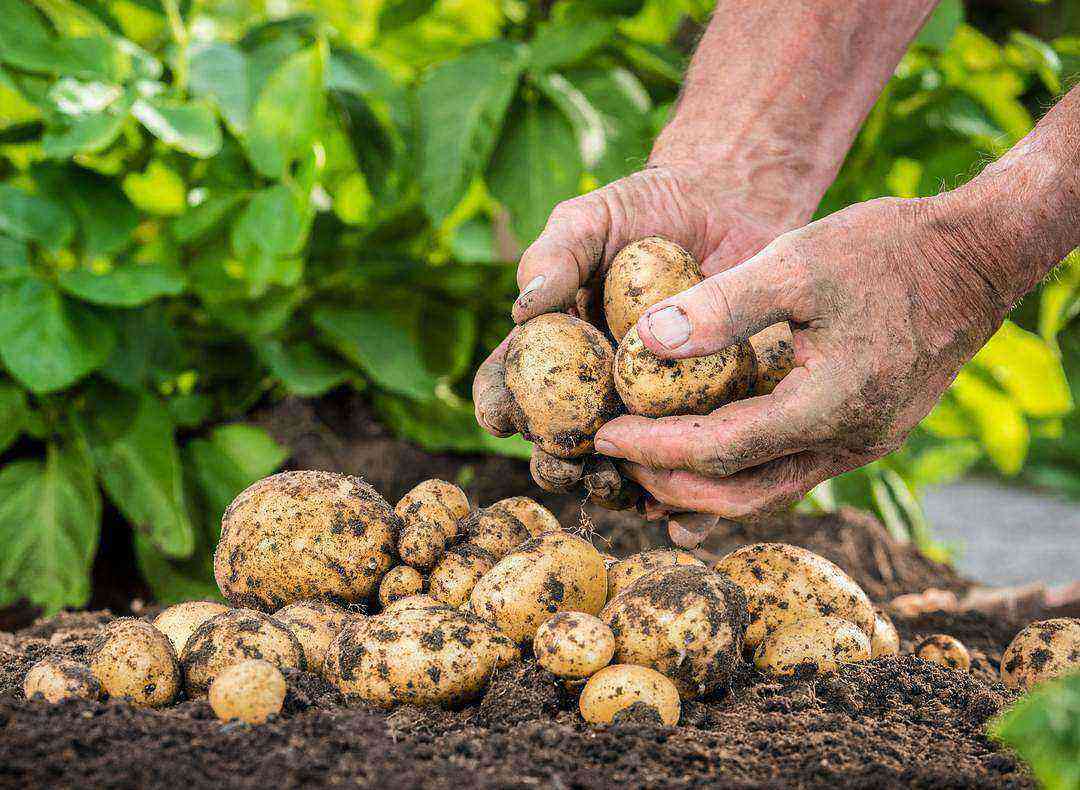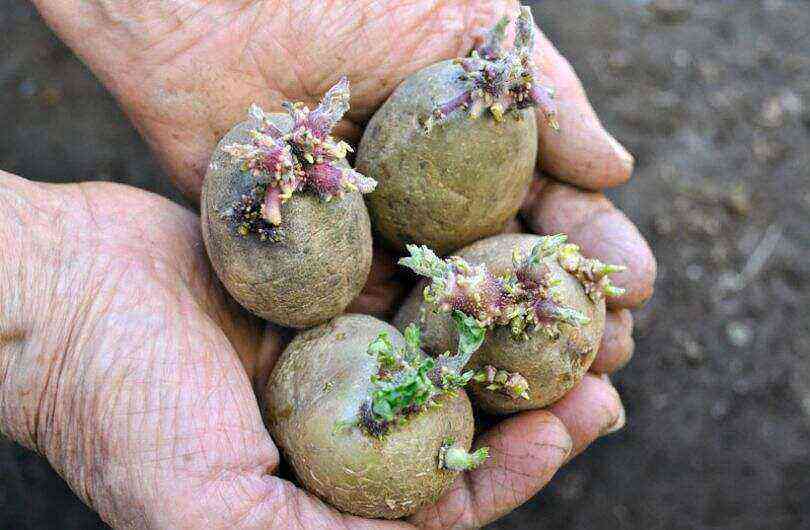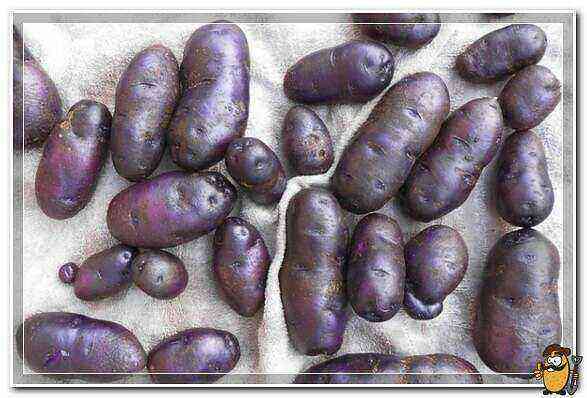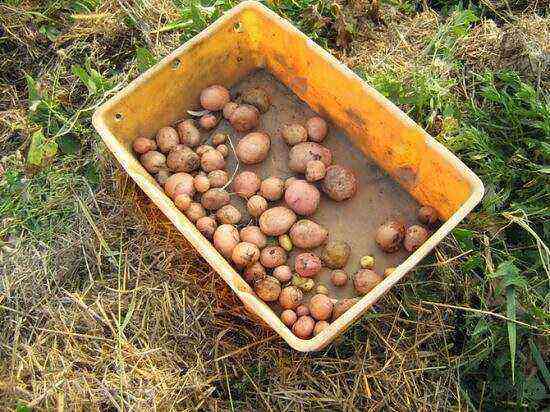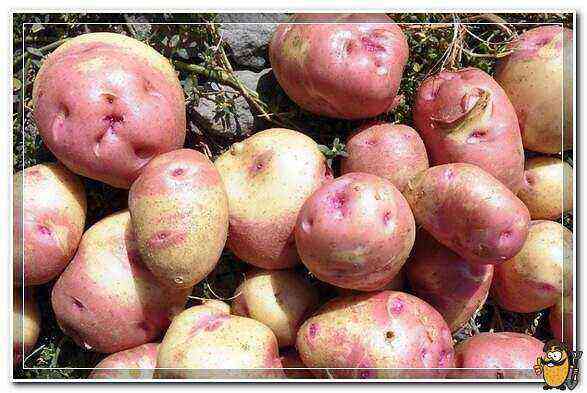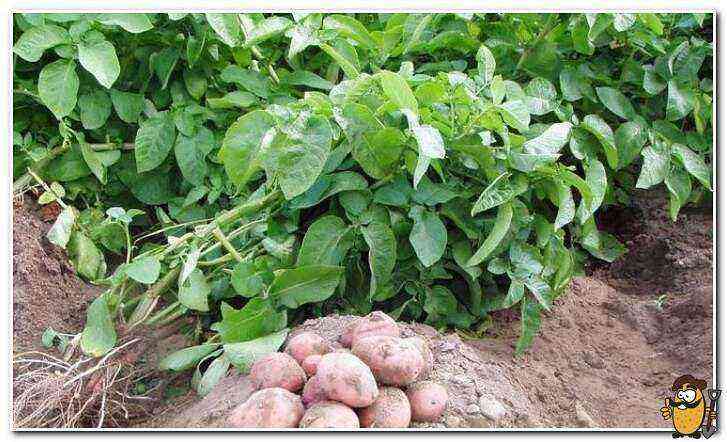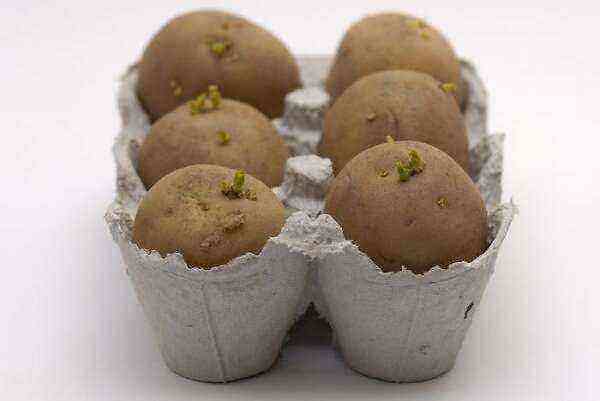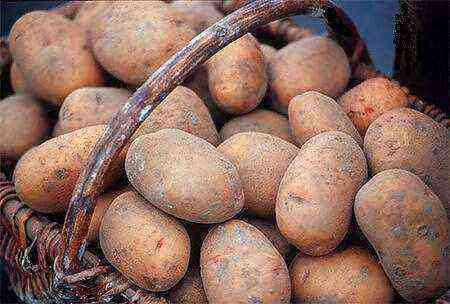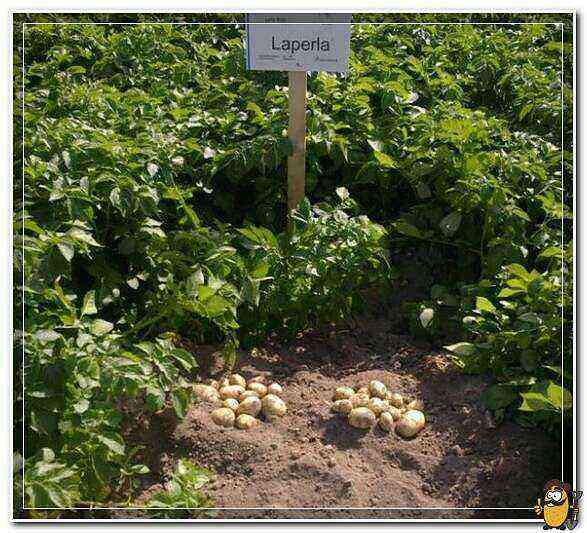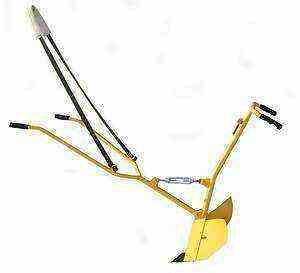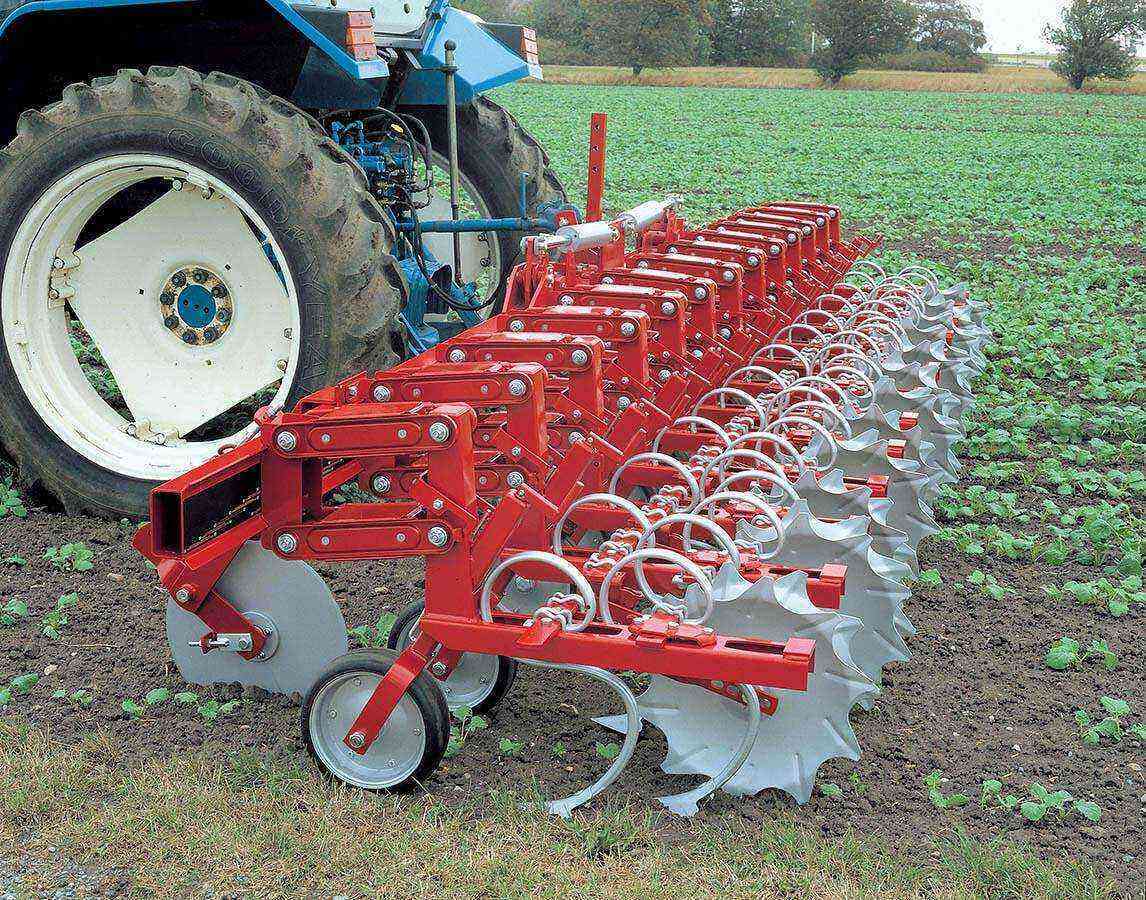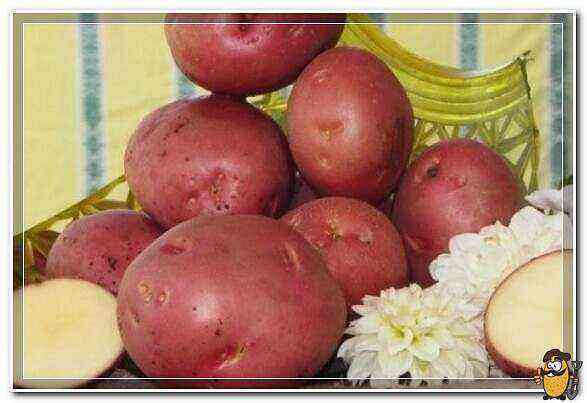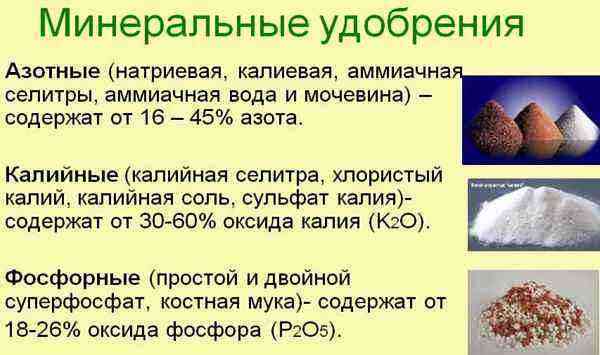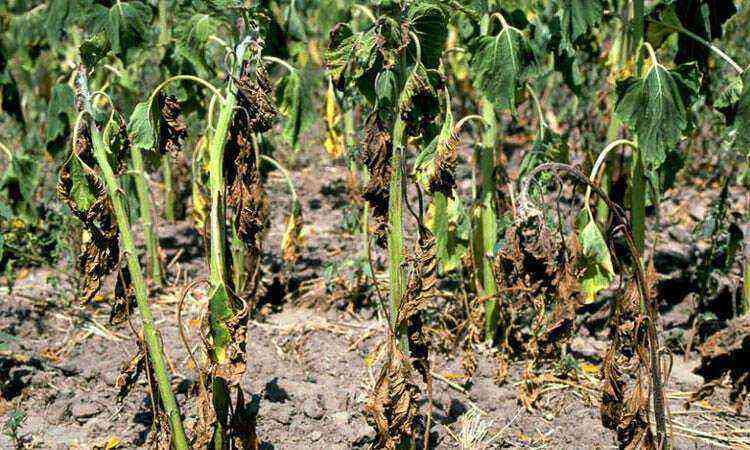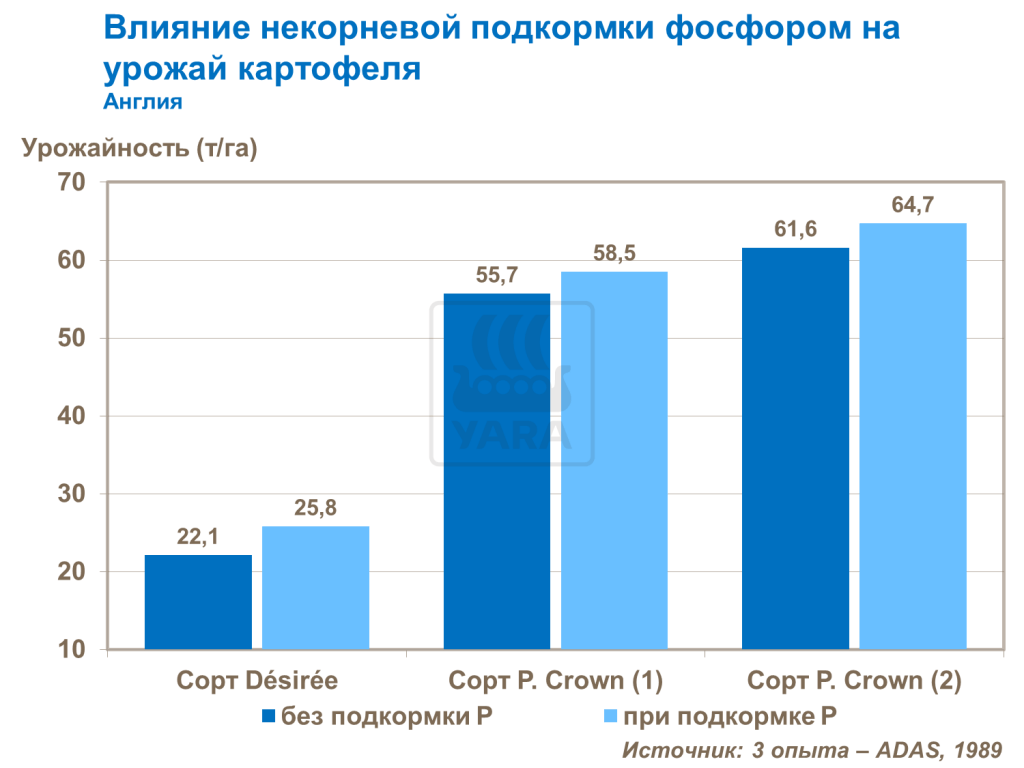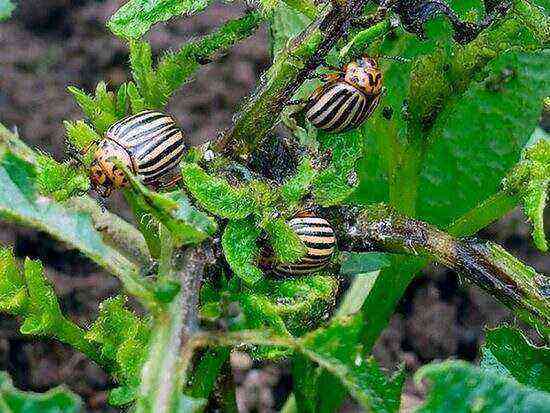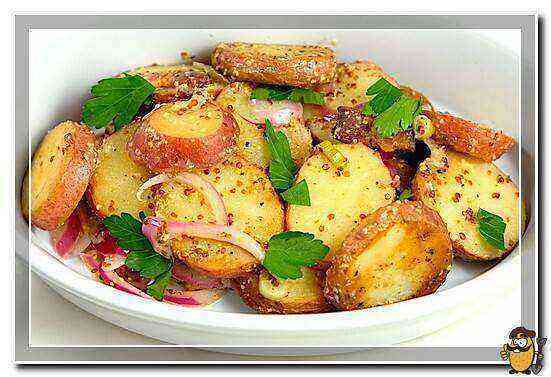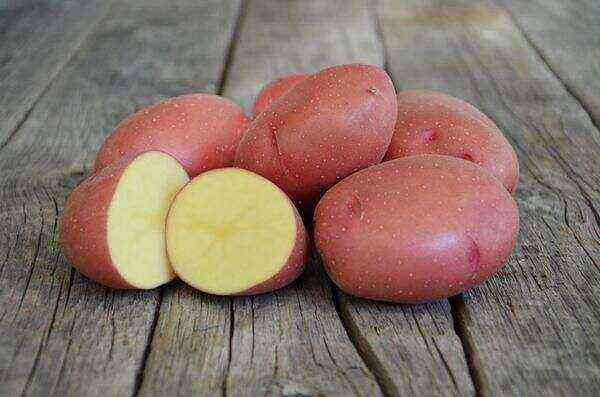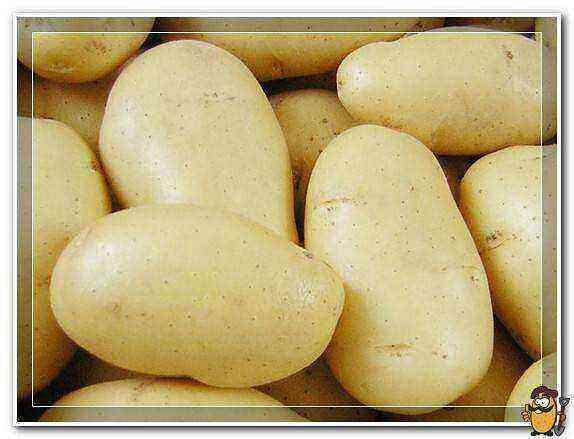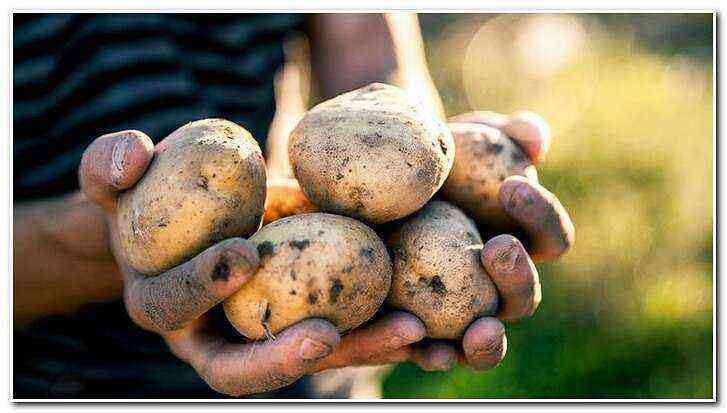Wheatgrass creeping is one of the most tenacious perennial weeds, a real gardener’s nightmare. The roots of the plant reach 1,5 m in length and lie at a depth of 10–40 cm. In abandoned areas, where wheatgrass is not fought, the total length of the roots reaches 10 km per hundred square meters, and the weight is 40 kg. Every two to three centimeters, there is a bud at the root, from where, under favorable conditions, an shoot sprouts (the so-called awl).
At the same time, wheatgrass consumes twice as much water and nutrients than most cultivated plants. Its roots release phenolic compounds into the soil, which slow down the growth of neighbors in the garden. The weed is frost-resistant, not afraid of either drought or floods. There are cases when shoots sprout from roots that have been under water for two months. But wheatgrass is also propagated by seeds that remain viable for 5 years.
Creeping wheatgrass and potatoes on the same bed do not get along peacefully: the long thin roots of weed grain pierce through the young tubers. In addition, the thickets of wheatgrass attract the worst enemy of the potato – the wireworm.
Mechanical methods for the destruction of wheatgrass
The simplest, but very time-consuming method of dealing with wheatgrass is ordinary weeding. The plot is plowed or dug up, then the roots of the weed are extracted from the ground with a pitchfork. True, with this method, a lot of scraps of roots remain in the soil, from which young awl sprout. But if you weed the area regularly and carefully, then each time the weed sprouts will become weaker and weaker until they disappear completely after 3-4 years. The extracted roots are burned; they cannot be thrown into the compost heap.
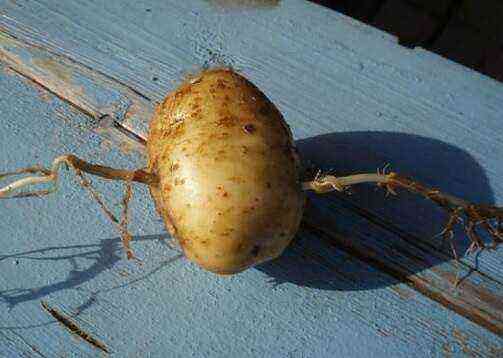
Treatment of the site, taking into account the life cycles of wheatgrass
Wheatgrass gains strength in the fall, starting in late September. In spring, strong young shoots grow intensively, but by the middle of summer this process slows down. In addition, the weed does not like shade, and in June – July the potato tops are so spreading and dense that they completely shade the land in the garden.
By August, an ear of wheatgrass ripens, and the plant weakens. It is during this period that it is best to destroy it. After harvesting the potatoes, the loose soil is loosened by pulling out the roots of the wheatgrass. In small areas, use a rake and pitchfork. Large vegetable gardens are cultivated twice with disc cultivators: first along, then – across. In dry weather, the crushed wheatgrass roots remain on top and dry out. Once again, this procedure is recommended to be carried out in October, before the snow falls: then most of the roots of the weed will be on the surface and freeze.
If there are poultry on the farm, in the fall you can use a home-made “herbicide”: shed areas especially clogged with wheatgrass with a concentrated solution of droppings (approximately 1: 4). Such a product is capable of burning out any vegetation, and before spring it will decompose and turn into a first-class fertilizer.
In the spring, the plot is again passed through the cultivator along and across: young shoots of wheatgrass are easier to destroy. In small areas, weed germination can be stimulated. To do this, the future beds, immediately after the snow melts, are covered with ash or peat and covered with a transparent film. The soil warms up and the wheatgrass begins to grow immediately. Seedlings are weeded out, and the procedure is repeated a week later. By the time the potatoes are planted, the roots of the weed remaining in the ground are weakened and do not pose a serious danger. Subsequently, up to the closing of the tops in a row, it is recommended to weed with a flat cutter.
Areas completely free of weeds can be fenced off with dahlias: these flowers drown out wheatgrass.
Planting of ciderates
One of the main rules of organic farming: the land should not be empty. Right after the autumn harrowing, siderates are sown on the site. In the southern regions, watercress, spinach, dill, even carrots will still have time to rise and ripen before the snow.
But if there is a lot of wheatgrass, then it is best to plant plants as siderates that can drown it: rye or clover. In the spring, green manure is mowed and used for livestock feed or for mulching.
Mulching
Good results can be achieved by covering the loosened ground with black spunbond, cardboard or old linoleum. In the warmth, the shoots of wheatgrass will stretch to the surface, but without light and air they will begin to rot, beneficial microorganisms and earthworms will join the process. During the year, most of the roots of the weed will rot in the protected area.
Another option: cover the beds after the autumn loosening, and remove the covering material in the spring. Some of the roots of the wheatgrass will rot, and the rest will be much easier to extract from the soft soil.
When fighting wheatgrass on potatoes, mulching with straw, hay, sawdust, weeded and dried weeds also helps. Some experienced gardeners even advise not to loosen the soil deeply, but periodically process the beds with a trimmer, while simultaneously mowing and chopping weed shoots. The roots of weeds, not receiving the products of photosynthesis, gradually weaken, and mulch is obtained from the green crumb.
Biopreparations against firewood
To completely destroy the roots of wheatgrass on a potato bed, the soil under a layer of organic mulch or spunbond is spilled with a solution of the preparation “Baikal-EM1”. The effective microorganisms contained in it treat any damaged plant as a nutrient medium. Therefore, the agent is used immediately after loosening the soil with a disc cultivator, when wheatgrass roots are on the surface. If the vegetable garden is heavily weed with wheatgrass per 1 m², at least 2 liters of solution at a concentration of 1: 500 is required (a 40 ml bottle is designed to process a plot of 10 acres).
“Baikal-EM1” is especially effective when potatoes are planted on virgin soil. A thin layer of turf is cut off from the beds, folded in layers with grass down, watered with a solution of the drug and covered with polyethylene. Bare areas of the soil are dug up and planted with potatoes. Within a few months, the removed sod decomposes to a compost state.
Baikal-EM1 is best used in autumn. Even if you just water the loosened soil with the agent and do not cover it with mulch, microorganisms will still process the damaged roots of wheatgrass. In the spring, the agent in this concentration is allowed to be used no later than 15 days before planting the potatoes. Baikal-EM 1 can be replaced with Tamir.
Herbicides against wheatgrass on potatoes
Large plantations have to use pesticides. The most famous herbicide for wheatgrass on potatoes is Roundup (the active ingredient is glyphosate). This systemic drug destroys all vegetation, but quickly decomposes in the soil. It is used either in the fall, after harvest, or in the spring, 3-4 weeks before planting potatoes.
The drug is most effective when the height of the wheatgrass shoots reaches 10-15 cm: the plants begin to bloom, the outflow of photosynthetic products to the rhizomes increases. To achieve mass shoots, the site is harrowed shallowly (up to 5 cm). The grown wheatgrass is sprayed with “Roundup” (a solution of 1–10 g of the drug in 25 liters of water is required for 10 hundred square meters). According to the well-known domestic theoretician of organic agriculture N.I. Kurdyumov, at such a dose of the toxic chemical, beneficial soil bacteria almost do not suffer.
Processing is carried out in calm weather, beds with cultivated plants are covered with foil, trees and bushes are fenced off with boards or sheets of corrugated board. Glyphosate, getting on the wheatgrass leaf, penetrates deeply and gets to the roots through the vessels. After 8-10 days, the weed dies.
It is forbidden to use “Roundup” or other herbicides containing glyphosate (“Smersh”, “Hurricane”, “Tornado”) in the fall “for drying” the tops of potatoes, as in this case the active substance gets into the tubers.
There are also specialized herbicides on sale for the destruction of cereal weeds, including wheatgrass on potatoes:
- “Antipyre” (active ingredient – chizalofop-P-tefuril) – is applied once a season;
- “Lazurit Super” (dv – metribuzin) – it is allowed to use it once a season, when the potatoes have already risen, but the height of the shoots does not exceed 5 cm;
- “Centurion” (dv – kletodim) – one-time use is allowed at any time;
- “Titus” (dv – rimsulfuron) – is intended for processing potato beds after hilling;
- “Fuzilad Super” (dv – fluazifop-P-butyl) – is used in any phase of potato development.
All these drugs must be used strictly according to the instructions. When processing potato plantings, be sure to wear a protective suit, gloves, glasses and a respirator.
